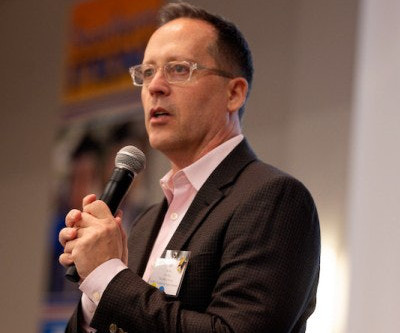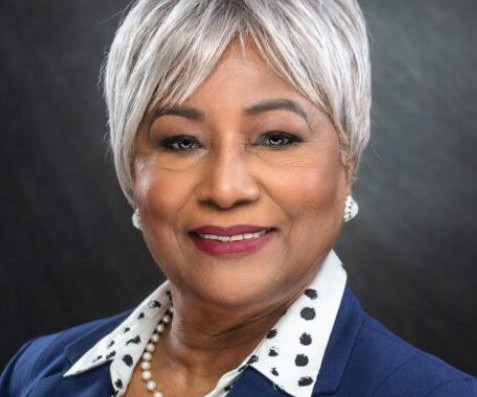LGBTQ Leaders in Higher Education: Building Bridges and Breaking Barriers
Diverse: Issues in Higher Education
JUNE 10, 2025
That was really all about the presidency, and I realized that I didn’t want to be a president, and that was fine, and I got a lot out of the institute,” Berg recalls of his early exposure to leadership development programs. We did some planning on trying to do mentoring programs throughout the year.”












Let's personalize your content